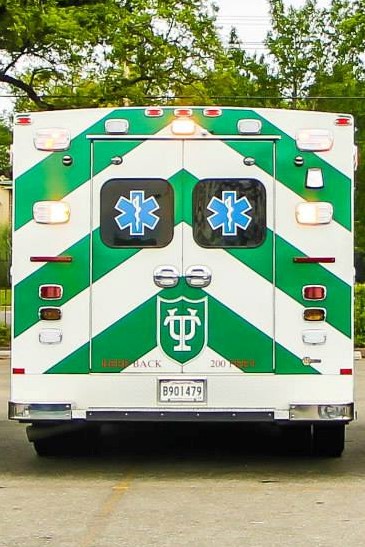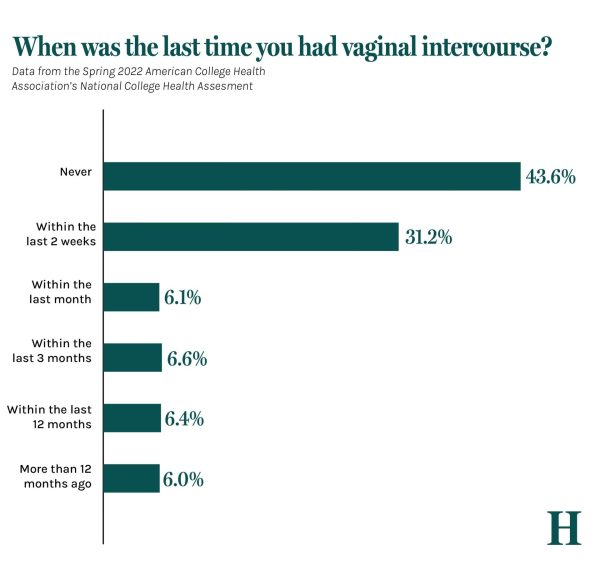Tulane EMS standardizes hiring process

After reinstatement in February, Tulane EMS changed its recruitment and hiring process.
Tulane Emergency Medical Services has officially made its return to campus life with changes to its recruitment and hiring process.
The improvements include standardized interview questions, an online application and the involvement of medical professionals serving as committee members for the selection process.
Prior to the Tulane EMS reinstatement, students within the organization ran the recruitment process, which raised concerns regarding the group’s legitimacy and selected candidates’ qualifications.
“I was essentially as qualified for the position as the people interviewing me, so I guess that it was slightly confusing as to how they could dismiss that fact,” former Tulane EMS applicant and junior Olivia Hermantin said.
Hermantin applied to join Tulane EMS in fall 2014 and again in spring 2016. She said her initial interview was confusing because the students who interviewed her were laughing and asking “ridiculous” questions. Hermantin said her interviewers overlooked facts on her resume, such as her EMT certification.
“That made it hard to interpret how serious they wanted me, as their candidate, to be answering the questions,” Hermantin said.
According to Medical Director Daniel Garrett, there was no formal or standardized system for recruitment or hiring prior to his work with Tulane EMS. Garrett now oversees the hiring process along with Tulane EMS Deputy Manager Heather Scianneaux.
“Since my involvement with the organization, there has been a focus on standardizing the process in regards to the types of questions that are asked and the process that the applicants go through,” Garrett said.
Examples of questions asked in the new recruitment process include the applicant’s definitions of leadership and professionalism as well as what it means to be an EMT.
The redesigned questions and the supervision of professional advisors will keep the process structured and fair, Garret said.
“The questions have been standardized so that all applicants are interviewed in a similar fashion, and then there has been oversight by the advisors within the organization during the recruitment process,” Garrett said.
The new interview process consists of group and individual interviews. Garrett said he looks for an applicant’s ability to work with a team during the group interview, as he believes teamwork to be an important factor when working on an ambulance.
“We are looking for good communication skills, good leadership skills, critical thinking skills, and then during the individual interview process, we are looking to see if those skills are even more enhanced on an individual basis,” Garrett said.
Students are not required to have an extensive medical knowledge or EMT certification to apply for a position with Tulane EMS. If accepted, students go through a training program designed to provide accepted applicants with the knowledge and skills they need to be a successful Tulane EMS member.
This training includes two EMT-basic courses per week at the downtown campus and one course per week at the Uptown campus. New members must also obtain CPR certification during this training.
Students who wish to apply must have a minimum GPA of 2.5, a valid driver’s license with no serious violations and no more than two minor violations and must be able to commit to four semesters with Tulane EMS.
The new and regulated recruitment process, primarily led by professional advisors, aims to ensure a fair and standardized method of choosing applicants who do not necessarily have previous medical certifications and knowledge but who are passionate, communicative, collaborative and able to build a hardworking team.
“… The students are very passionate about what they do,” Garrett said. “I believe they build a good camaraderie within the organization because they work very hard at a very common goal, so that sense of community within the organization is very strong.”
Your donation will support the student journalists of Tulane University. Your contribution will allow us to purchase equipment and cover our annual website hosting costs.

















Leave a Comment